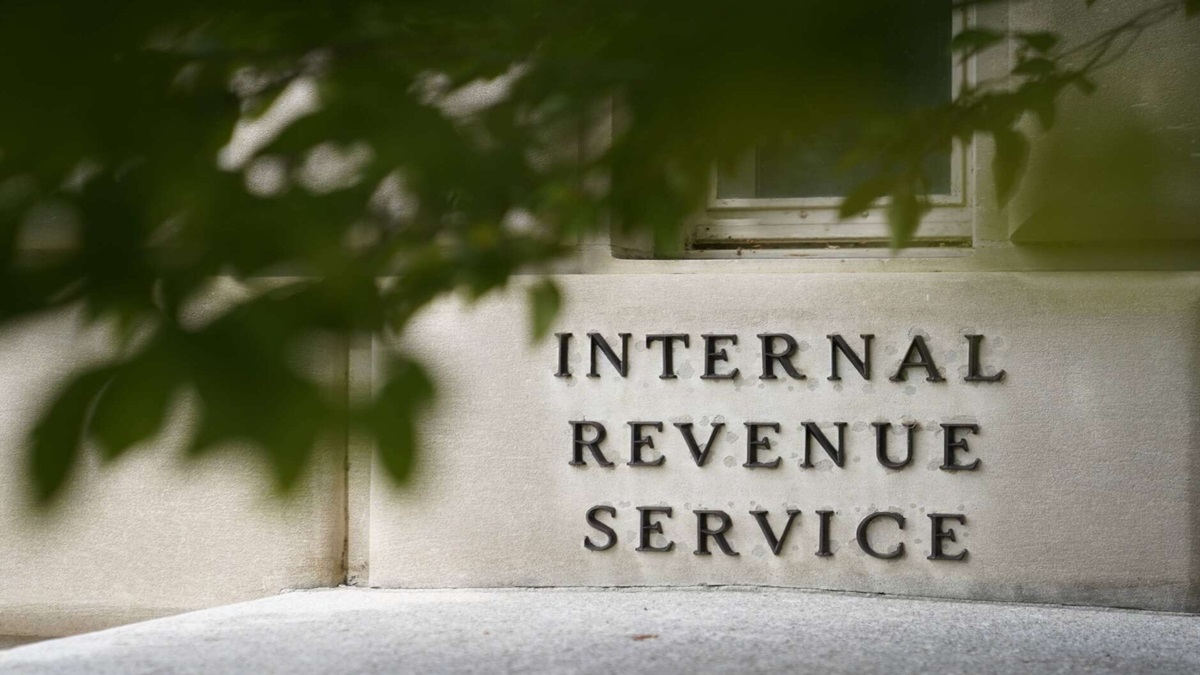The IRS is changing up its plans to hire more customer service employees ahead of next year’s filing season.
Instead of filling thousands of full-time contact service representative positions, as expected this summer, the IRS is now focused on hiring seasonal employees with fewer job protections.
The IRS is now looking to fill more than 2,150 frontline customer service positions. More than 70% of those job posts are for seasonal hires that can’t stay on the job for more than four years.
The agency is holding hiring events at several of its campuses across the country this month.
Leaders at a regional chapter of the National Treasury Employees Union, representing IRS staff in Kansas City, said the agency is pulling a “bait-and-switch” by offering temporary jobs instead of career positions.
The IRS in July put out hiring notices to fill 4,500 full-time contact service representative jobs, but quickly pulled those notices down from USAJobs.
A majority of those positions were only open to current IRS employees or federal employees “whose job, agency or department was eliminated” and are eligible for prioritized consideration over other candidates.
Matt Hoffman, chief negotiator for NTEU Chapter 66, told bargaining unit members in a video message that the IRS is bringing seasonal hires onboard for one-year terms, with the option to renew these terms positions annually for no more than four years.
Term appointments generally don’t count toward career tenure, making it harder for employees to qualify for certain competitive service rights or transfer opportunities.
“This will greatly limit the employees, their rights, and their confidence in maintaining their newly acquired position,” Hoffman said.
Under this new plan, the IRS is only filling 600 full-time supervisors and lead contact representative positions.
The IRS is only considering internal candidates for these positions, including those going through a “career transition,” after their job at the IRS or another agency was eliminated as part of widespread federal workforce cuts.
The remaining 1,520 seasonal positions are open to the public, as well as internal candidates.
The IRS is using its direct hire authority to fill these positions, which will allow the agency to make hiring decisions within 40 to 45 days — less than half the 101-day average it typically takes to hire a federal employee, according to fiscal 2024 data from the Office of Personnel Management.
NTEU Chapter 66 President Shannon Ellis said the IRS moving these positions from full-time to seasonal jobs amounted to a “bait-and-switch.”
“If you do get a job offer, you need to read it, because you may be signing off on a term position and giving up a permanent position you’ve held for years with this agency,” Ellis said.
Hoffman said going from a permanent to a term position means giving up job security and career status. Term employees are hired for a fixed period, and can be let go when that period ends, with far fewer protections against separation than permanent federal employees.
Term employees in bargaining unit positions still have union representation and some contract protections, but they often lack long-term stability and the automatic career ladder of permanent federal employees.
“In short, you trade stability and career-building rights for a position with a definitive end date, and fewer long-term protections,” Hoffman said.
For seasonal IRS employees to be considered for conversion to full-time career status, they must complete at least two years of term appointment work — and only if they are deemed “fully successful” in their performance evaluations.
“This job might not even provide the amount of time needed to even convert,” Hoffman said. “It appears designed to allow for temporary staffing flexibility and has multiple ways for this employee to be let go without actually firing anyone.”
“Employees with existing federal experience should really take their time to ensure that they understand all aspects of the job,” he added.
The National Taxpayer Advocate, an independent IRS watchdog, warned Congress in June that taxpayers may see delays during next year’s filing season, given major staffing cuts.
The IRS under the Trump administration has lost more than 25% of its workforce through a combination of layoffs and voluntary separation incentives, including deferred resignation and early retirement offers.
The IRS is no longer considering a widespread reduction in force, and is in the process of reinstating 700 employees to accepted the deferred resignation offer.
More than 8,600 taxpayer services employees have left the IRS under the Trump administration so far — about 20% of all staff working in that capacity — according to the Treasury Inspector General for Tax Administration.
The IRS, as part of its fiscal 2026 budget request, said it needs to hire 11,000 call center representatives to “maintain” its current level of phone service. Without those hires, the agency warned it would only be able to answer about 16% of phone calls during next year’s filing season.
The Trump administration proposed giving the IRS more than $850 million to help the IRS hire those employees and roll out new automation tools to assist taxpayers.
But the House Appropriations Committee advanced its fiscal 2026 spending bill without these funds — and deeper overall IRS budget cuts than what the administration proposed.
The IRS is also scrambling to prepare its workforce and its IT systems for major changes to the tax code as part of the “Big Beautiful Bill” that Trump signed into law earlier this month. Some of those changes will go into effect as soon as next year’s filing season.
President Donald Trump extended a governmentwide hiring freeze to last until Oct. 15. But the original executive order says a hiring freeze at the IRS will remain in effect indefinitely until the Treasury Department, Office of Management and Budget and U.S. DOGE Service determine “that it is in the national interest to lift the freeze.”




















